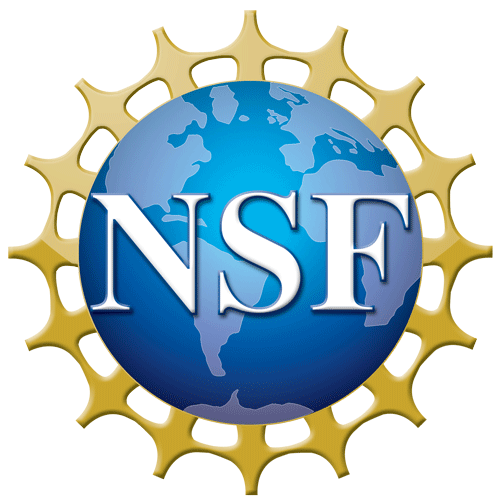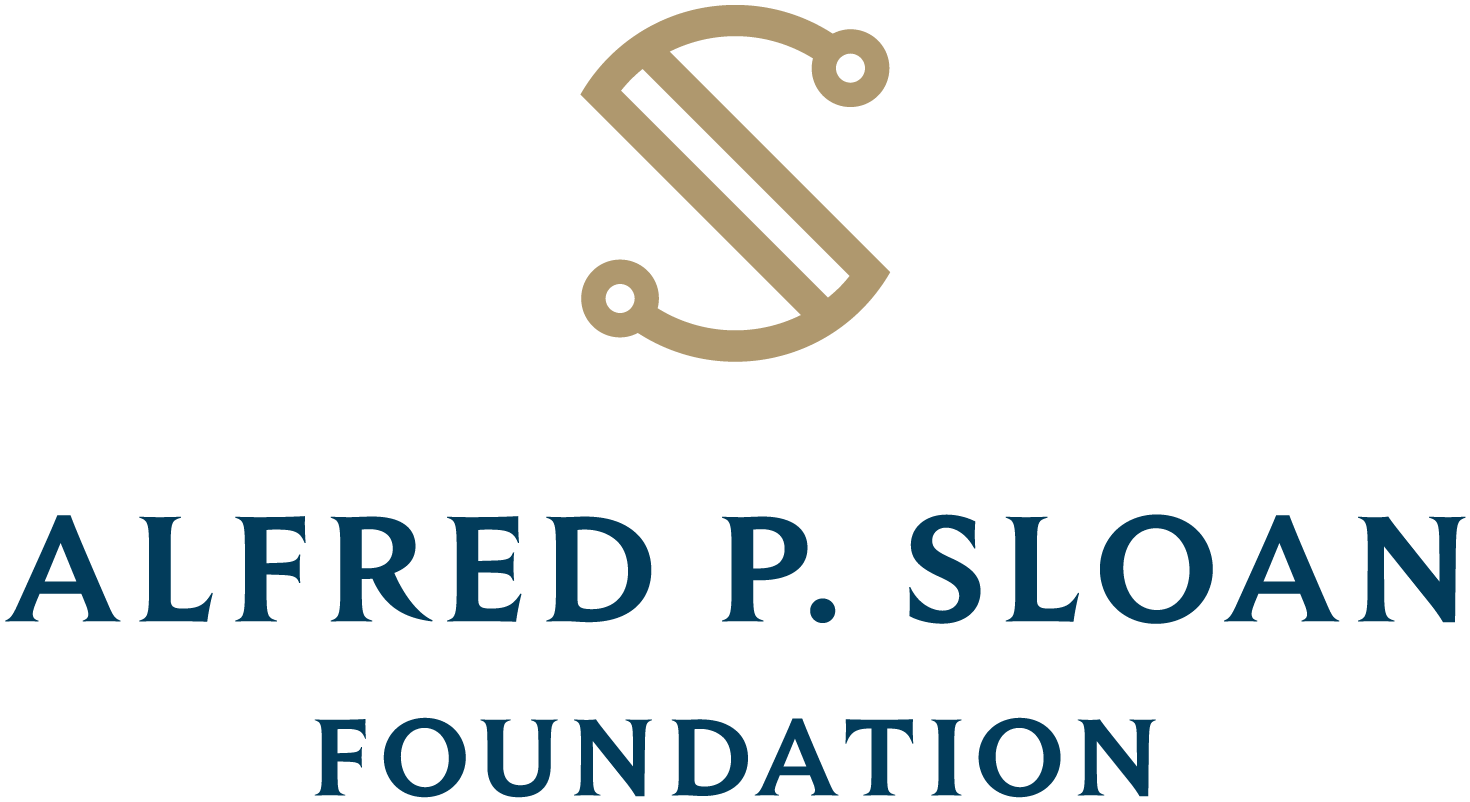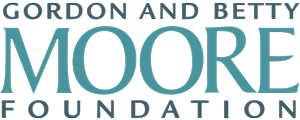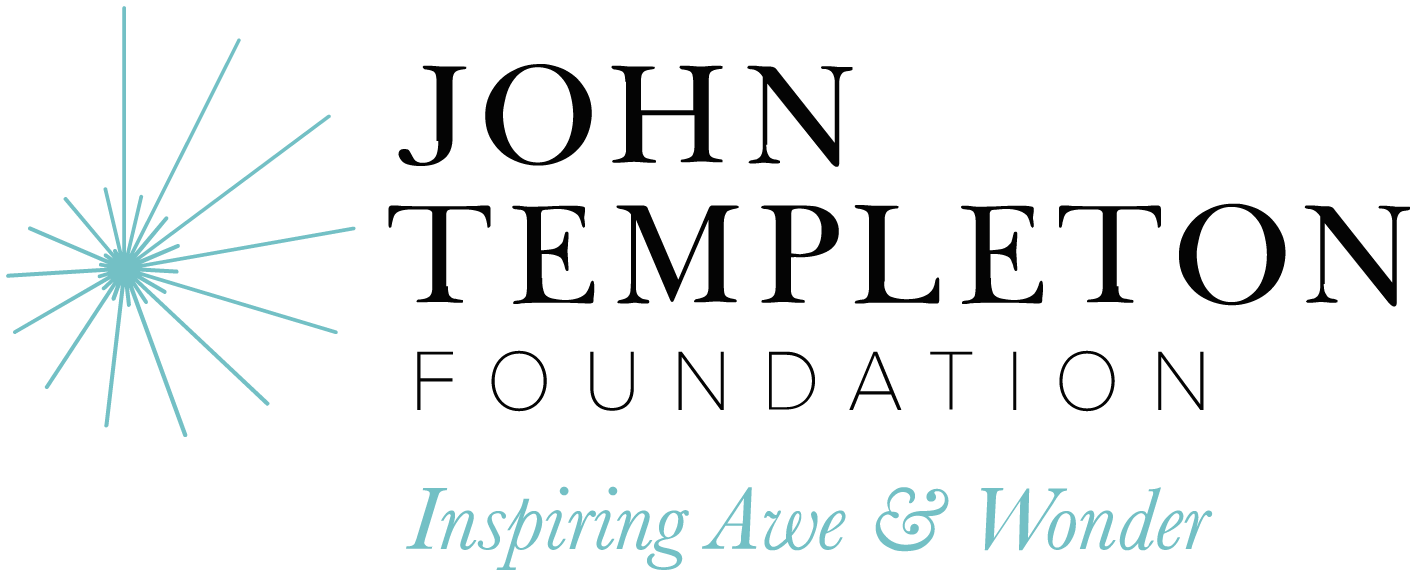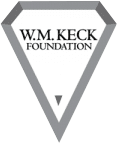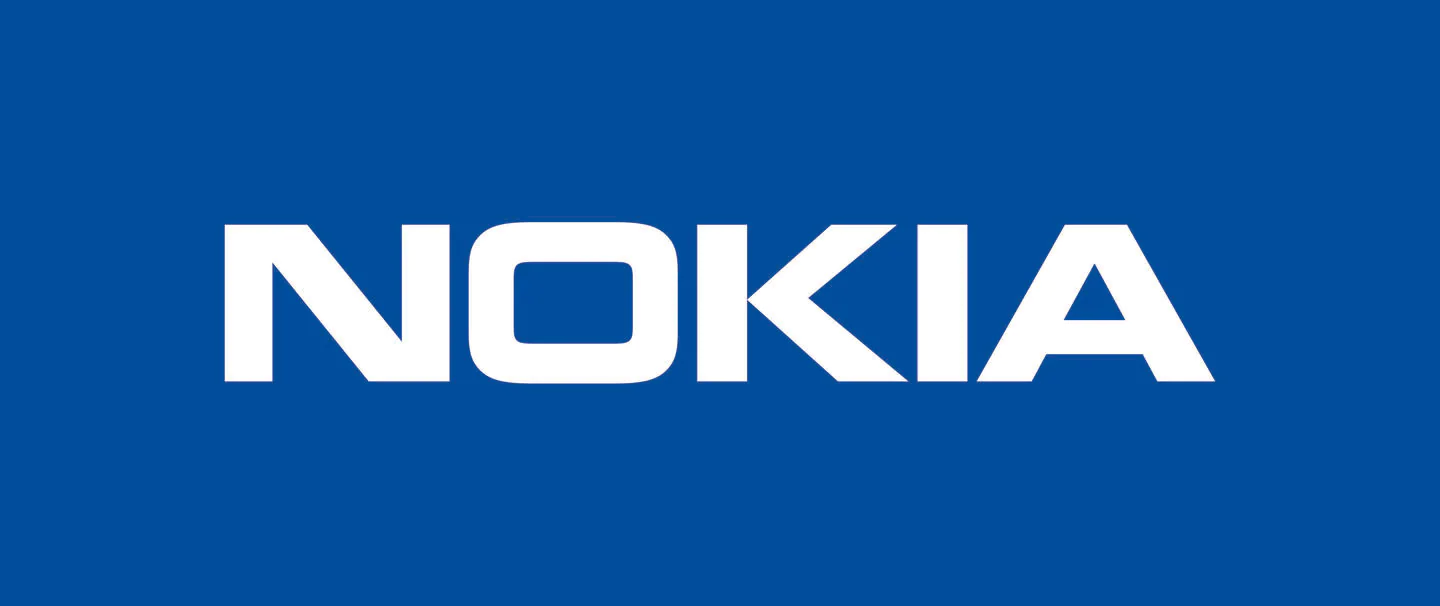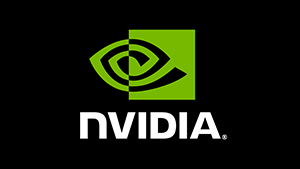Mapping Cancer as if it were the Universe
Techniques from astronomy are being applied to medicine
Over the past two decades Alexander Szalay, an astronomer at Johns Hopkins University in Baltimore, has helped create the most detailed maps of the cosmos yet made. His raw material comes from the Sloan Digital Sky Survey, which began in 2000. So far, this project has charted a third of the heavens and observed nearly 1bn astronomical objects.
The survey’s telescope, which sits on a mountain top in New Mexico, collects its data by recording the arrival of photons of light on a charge-coupled device. This turns them into an electrical signal that Dr Szalay and his confrères translate into a representation of reality by winnowing out the noise and determining, from what remains, what sorts of objects the telescope is looking at and how far away they are.
Now, Dr Szalay has added a microscope to his telescope. In collaboration with Janis Taube, a colleague at Johns Hopkins who is a pathologist, he is developing AstroPath. This is a project that combines his knowledge of astronomy with hers of pathology into a system which does for images of cancer cells and tissues what the Sloan survey does for images of the universe.
Dr Szalay, ever handy with an astronomical analogy, compares the most common current approach to the examination of images of cancers—which is to look in great detail, but at only a few tumours—to studying the universe using the Hubble Space Telescope. This instrument can focus on only a restricted area of the sky, but is then able to record what it sees with immense precision by spending lots of time taking long exposures.
As a consequence, the Hubble has surveyed only 45 of the 41,253 square degrees which constitute the celestial sphere. By contrast, the Sloan survey has so far covered, in a more cursory manner, about 15,000 square degrees of that sphere. This sweeping approach lets astronomers understand the universe’s large-scale structure by seeing entire clusters of galaxies and the relationships between them.
Both methods are valuable. But because fewer cancer biologists use the second than the first, AstroPath is designed to fill the gap. The specialised microscopes the project uses capture images of broad slices of tumours, and do so in multiple wavelengths. These images are then subjected to data-analysis techniques developed as part of the Sloan survey.
In particular, AstroPath employs a technique called immunofluorescence to make its images. This works by using antibodies to attach fluorescent tags to specific sorts of protein molecules. That permits the distributions of these proteins throughout a tumour to be mapped cell by cell. So far, AstroPath can do this simultaneously for between 20 and 30 proteins. Dr Taube’s long-term goal is to do likewise for hundreds of individual tumours of more than 20 different types, enabling comparisons to be made both within and between types.
Currently, AstroPath has scanned more than 226m cells from three types of tumour—lung cancer and two skin cancers, melanoma and Merkel-cell carcinoma. Dr Szalay points out that dealing with these three alone meant processing more pixels than the whole Sloan survey to date. But this is only a start. Eventually, he and Dr Taube aspire to collect and process 1,000 times more data than this.
For herself, Dr Taube particularly hopes AstroPath will flag up molecules that will help her develop blood tests for melanoma and lung cancer, and will improve her understanding of how tumours respond to a form of treatment called immunotherapy. Some cancers are able to put the brakes on the immune system’s anti-tumour activity. Disable this ability and the immune system can return to the fray. She hopes to identify markers, such as the levels of a substance called pd-1, a so-called immune checkpoint protein, that will be able to predict whether a patient will respond to such therapy—and, if so, precisely which sort of it.
The project’s wider aim, though, is to make the results available to the world as a cancer atlas in a format similar to Google Maps. Then, any interested oncologist can take a look and draw conclusions relevant to his or her own area of interest and expertise. If that can be done, it really will enable cancer researchers to reach for the stars. ■
